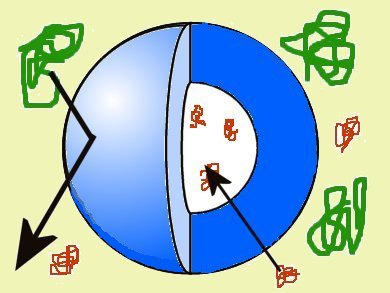Many low-abundance biomarkers for the early detection of cancer and other diseases are invisible to mass spectrometry (MS). They exist in bodily fluids at concentrations below the range of detection by MS, are masked by high-abundance proteins, such as albumin and immunoglobulins, and are very labile.
Alessandra Luchini and co-workers, George Mason University, Virginia, USA, have reported a one-step, in-solution preprocessing step that achieved a 10,000-fold effective amplification of the analyte concentration, enabling MS discovery of candidate biomarkers that were previously undetectable.
The team functionalized core–shell hydrogel nanoparticles with novel organic dye baits. The hydrogel shell had an effective pore size that acted as a molecular sieve with a cutoff determined by the cross-link density. This excluded high-molecular weight proteins such as albumin and immunoglobulins. The shell also contained vinylsulfonic acid to selectively repulse peptides derived from albumin that were small enough to penetrate the shell. Biomarkers small enough to enter the particles were captured by the high-affinity bait.
The nanoparticles protected interleukin-6 from enzymatic degradation in sweat and increased the effective detection sensitivity of human growth hormone in human urine.
Image: © Wiley-VCH
- Multifunctional Core–Shell Nanoparticles: Discovery of Previously Invisible Biomarkers
D. Tamburro, C. Fredolini, V. Espina, T. A. Douglas, A. Ranganathan, L. Ilag, W. Zhou, P. Russo, B. H. Espina, G. Muto, E. F. Petricoin, L. A. Liotta, A. Luchini
J. Am. Chem. Soc. 2011.
DOI: 10.1021/ja207515j



